The Winter Is Coming! Store Your Bike Properly
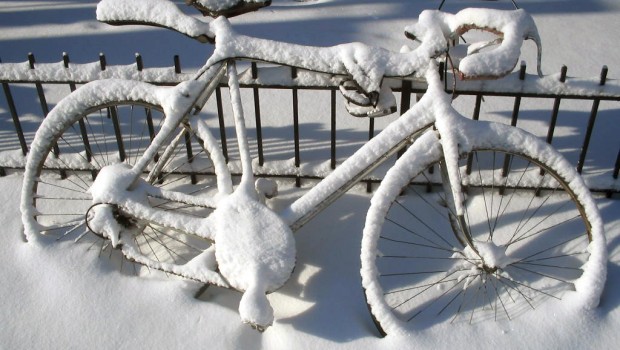
When putting up your bike for the winter, there are several things you want to do to store it properly. This helps avoid deterioration from disuse and also ensures that it will be ready to ride when you are when it’s time to take it out next spring.
These tips apply whether you’re putting your bike in your basement, garage or in a storage unit. If you don’t have good place to store at home, and don’t want to rent an entire storage unit just for one or two little ol’ bikes, there are a number of pay-by the item storage companies out there that will store your bike. Just don’t let your bike sit outside. You’d think you wouldn’t need to say this but just visit any college campus in the north in February and you’ll see dozens of beautiful bikes out suffering in the cold and snow. Oh, the humanity!
In any case, follow these pointers to have a happy bike (and biker!), ready to go riding that much quicker once its warm again:
1. Inflate The Tires
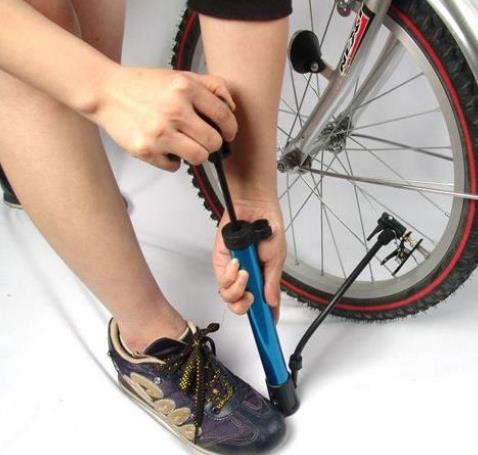
Before you put your bike away, be sure to fully inflate your tires, especially if you are going to store your bike resting on its wheels, as opposed to having it suspended from a ceiling. If your tires are flat, the weight of the bike sits there pressing down through the rims on one spot on the rubber all winter long. Over time, that can cause deterioration of your tire as the rubber can end up distorted and/or the tire can develop a weak spot in the side wall.
2. Wipe Down the Frame
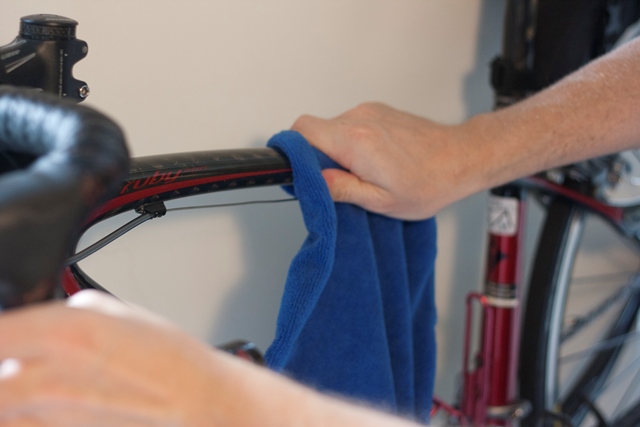
While I’m not really a fan of wet washing a bike with a water hose, because of the problems water causes when it gets down into your components and with rusting of certain metal parts, you do still want to take a run at your bike and ensure that it is thoroughly clean before you put it away.
The best way to do that is to first, take a stiff, soft-bristled brush to your bike, knocking away any chunks of dried-on mud that may be on your frame or wheels. Then, follow that up by taking a rag to your bike, wiping it down generally all over to get off any remaining dust or dirt, then with a focused attack specifically on the grease and grime that may have accumulated around your drive train or other areas where lubrication can attract dirt.
3. Inspect Your Frame
Here’s a bonus hint. Wiping down your bike offers you the chance to give the frame a thorough inspection While you are cleaning, make a close inspection for overall soundness and structural integrity. Look for any signs of cracks or metal fatigue, particularly near weld spots and on the bottom bracket, which supports a lot of your weight and can be subject to great stresses, depending on the type of riding you do.
4. Lubricate the Cables
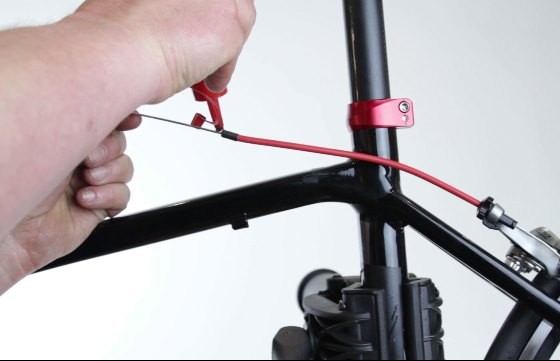
To avoid problems with rusting or poor performance in the cables that may pop up in the spring, take a few minutes to lubricate the cables that control your brakes and shifting. Just a few drops of light lubricant in a rag that you then rub on exposed cable and very lightly work through the cable housing is what you want.
5. Wipe Down Tires, Saddle and Handgrips
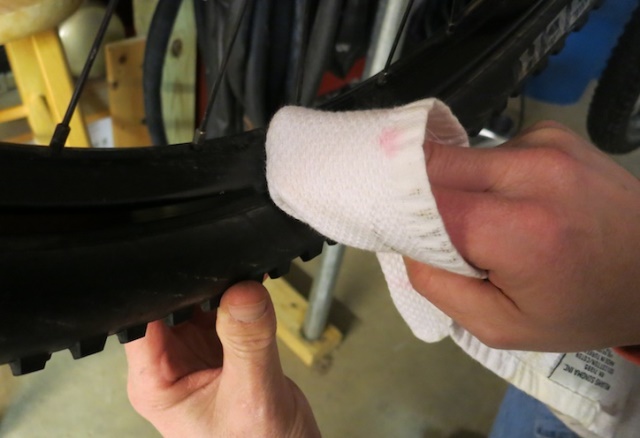
This is optional, as it mainly affects appearance only, but if you want, you can get something like Armor-all and put it on your tires and rubber handgrips, as well as on your seat, if it is one with a cover made from leather, vinyl or another smooth synthetic surface. These products are both a beautifier and protectant, and will give a nice clean and shiny appearance as well as keep the material soft.
This only takes a couple of minutes and will be something that you’ll be glad that you did in the spring, as your bike will look really sharp right off the shelf.
6. Inspect Tires, Wheels and Brake Pads
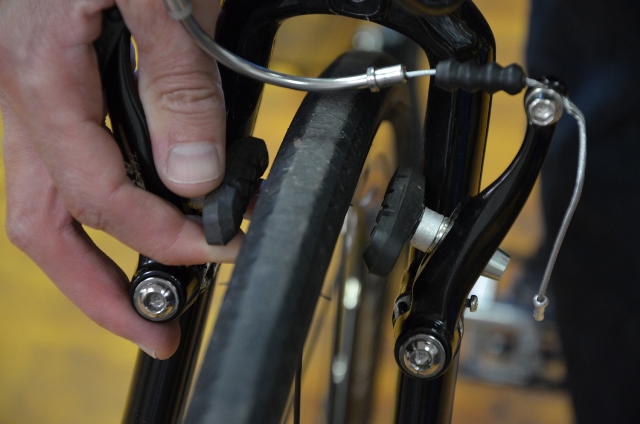
While you’re wiping down your tires, check your wheels for loose or broken spokes, and spin the wheels and look to make sure that they still spin true. You want your wheels to spin straight, with no sharp veering from side to side and no rubbing against the brake pads. If your wheels don’t spin straight, it’s probably time to take your bike in.
At the same time, inspect your brake pads for proper alignment and to make sure you’re not encountering excessive wear in the pads.
7. Clean Your Chain
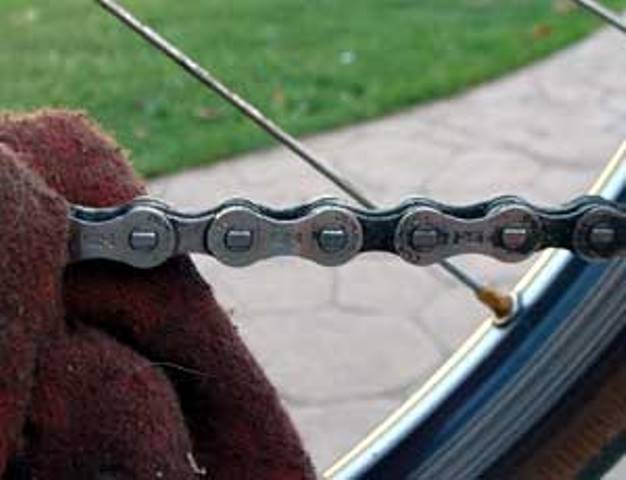
Now is an ideal time to clean your chain, to get rid of all the crap that has accumulated on it during the last season of riding. Plus a fresh coat of lubricant will help protect against rust and have you ready to go when it’s time to ride again in the spring.
Water bottle on bike.
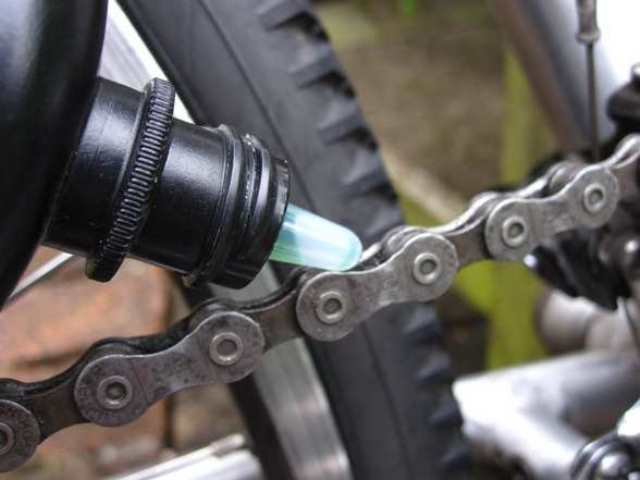
8. Empty Water Bottles and Camelbaks
Take all of your waterbottles off of your bike and out of wherever you keep them when not in use. Dump out whatever junk has been left in them since the last time your rode, and then run them through the dishwasher to get them nice and clean. When finished, be sure to leave the lids off to allow them to dry completely inside.
If you have a Camelback backpack canteen water carrier, flush the bladder with a very mild solution of vinegar and water, and then follow that up with several rinses of plain hot water, then leave the lid off to dry.

Comments are closed.